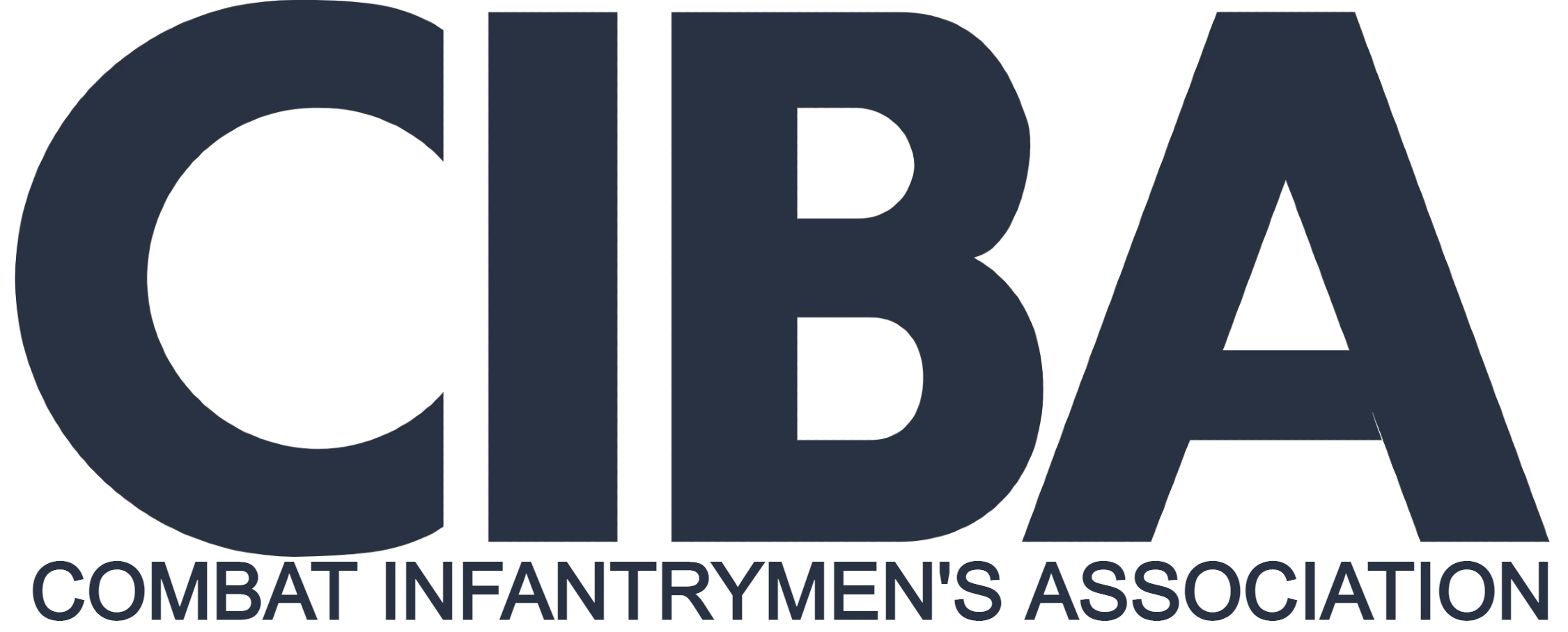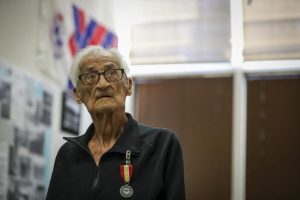Eight months after detecting Legionella, a medical barracks at Joint Base San Antonio is still shuttered to residents and employees.
The barracks detected the bacteria, which can cause a severe type of pneumonia called Legionnaires’ disease, in its water this past September, forcing 100 residents and 50 employees in the building to relocate across the installation as officials have examined the situation.
After months of extensive cleaning and maintenance efforts, officials still don’t have a date for when residents can return.
Public health and water experts who spoke to Military.com said that, while Legionella bacteria can be a complicated problem, it’s one that can be handled with the right processes and, in some cases, can even be worked on without relocating people.
Rob Strain, a spokesman for the 502nd Air Base Wing Public Affairs at the joint base, told Military.com that the latest water sample was taken in mid-April and subsequent result showed there was no longer Legionella detected, but the base still does not have a timeline for moving residents and employees back into the barracks.
“The bottom line is that we’re not going to move anyone back into Liberty Barracks until leadership and public health experts are satisfied with the condition of the facility,” Strain said in an emailed statement.
Shoshana Shelton, a senior policy analyst at the nonprofit Rand Corp. who specializes in infectious disease control and mitigation as well as public health systems, said it’s a common problem and in some cases can even be remedied without having to close an entire building.
“It is very common,” Shelton said, explaining that a nearby “school had Legionella two years ago in the water. They detected it, it was a very low dose. No one got sick or anything, but they were able to use control measures without shutting down the school.”
On Sept. 30, the base publicly announced that Legionella bacteria was detected during routine water testing at the Liberty Barracks, a building where service members who are patients at the nearby medical center are housed. Additionally, the base’s behavioral health clinic located inside the building had to be moved, along with all the employees and residents.
“Residents and staff from Liberty Barracks continue to live and work from other barracks and facilities on JBSA,” Strain said, referring to Joint Base San Antonio. “JBSA leadership and Brooke Army Medical Center public health experts have explored a number of different potential courses of action, but they have decided that the safest one for both residents and staff was to keep them living and working from other facilities until Liberty Barracks’ repairs were completed.”
But moving residents out of a building can also make efforts to solve the problem more difficult, experts told Military.com
David Krause, an Army veteran and former state toxicologist for the Florida Department of Health who now consults as one of the nation’s leading experts on Legionella, told Military.com that the bulk of the problem can typically be addressed in the first couple of months.
“It’s not unusual to take months, if not years, to gain full control over Legionella growth and amplification within a facility,” Krause said. “Usually you get 90% of the problem fixed in the first month or two, and then you’re picking away at the edges in the flare-ups and the issues that come around the learning curve.”
In October, Liberty Barracks underwent a chlorination process to destroy the bacteria, but testing after the procedure showed that Legionella may still have been present. The most recent chlorination effort was on March 7, Strain said.
Additionally, the base has used its civil engineering squadron as well as contractors to replace bathroom and kitchen fixtures throughout the building and has been flushing the water system three times per week.
“We have identified several potential sources, and civil engineers are working diligently to repair or replace several different plumbing fixtures throughout the facility, including sink and shower fixtures,” Strain said. “They have also flushed and disinfected the hot water storage tank and replaced the building’s water softener.”
Krause said moving the residents may have been the right call to protect the health and safety of those inside Liberty Barracks. But he said that leaving a building dormant, even with routine flushing of the water system, can make it harder to remediate the issue.
“Not moving them in there is safer than moving them back in there,” Krause said. “But it will inherently take longer, and they will have more and more troubles getting it working, getting things taken care of in a building that isn’t constantly being used.”
Liberty Barracks, a 216,000-square-foot facility capable of housing nearly 400 patients, opened in 2012, designed to provide a place to stay for wounded and injured service members while they receive treatment at the base’s medical facilities.
Those residents may also be especially susceptible to catching Legionnaires’ disease, the type of pneumonia caused by Legionella bacteria. It is named for the 1976 outbreak at the American Legion Convention in Philadelphia where the illness was first identified; that incident led to the deaths of 29 people and more than 180 infections.
It spreads through microscopic droplets of water containing Legionella and can be transmitted through drinking water, swimming pools and cooling towers in air conditioning systems, according to the Mayo Clinic.
Those who smoke, are 50 years old or older, or have weakened immune systems are most susceptible to the illness. Base officials told Military.com there have been “no confirmed cases of Legionnaires’ disease or legionella-related infections among residents or staff at Liberty Barracks.”
Strain said the standard for reopening the building is that the results of randomly selected water samples must be below the Centers for Disease Control and Prevention threshold of 1 colony-forming unit per milliliter and that base leadership as well as health experts from Brooke Army Medical Center have cleared the barracks as being safe for occupants.
This is not the first time Liberty Barracks has detected Legionella. Last year, it was evacuated after the bacteria was found in the building’s plumbing, according to a press release.
Joint Base San Antonio’s struggle with Legionella at Liberty Barracks also comes at a time when all the services continue to address quality-of-life issues with water and base housing.
Last month, 11 soldiers interviewed by Military.com said they have developed illnesses ranging from nose bleeds to breathing issues from exposure to moldy conditions in the Army’s dilapidated barracks as the service has struggled to significantly boost quality-of-life standards.
This month, Military.com reported newly published research showed that Marines and sailors who unwittingly drank and showered in water containing organic solvents and other volatile compounds at Camp Lejeune, North Carolina, during its water contamination crisis decades ago had a 70% higher risk of developing Parkinson’s disease.
“Water quality has been an issue on military bases for some time,” Krause said. “If you don’t have good water quality, it affects not only the service members but their families and patients. Without good water quality, you don’t have a reliable service.”
— Thomas Novelly can be reached at thomas.novelly@military.com. Follow him on Twitter @TomNovelly.
Please rate this CIBA article
Vote






